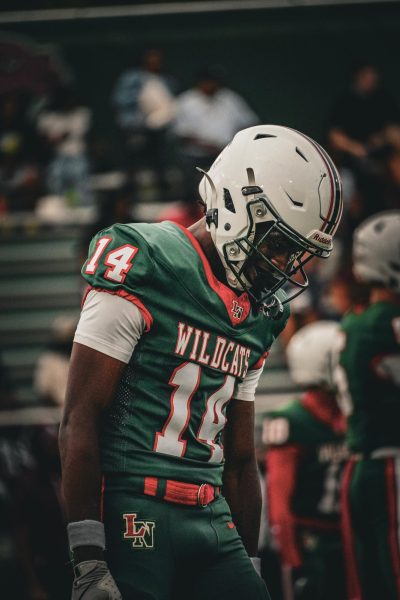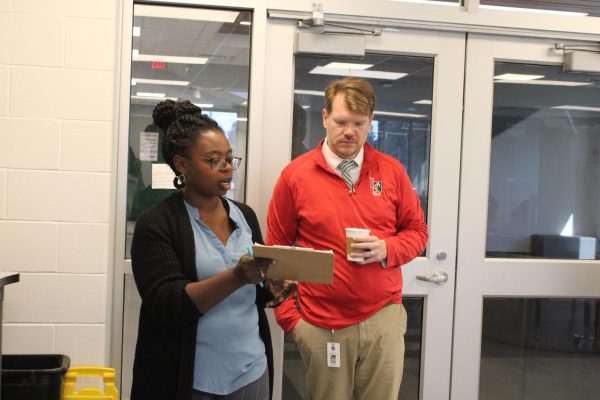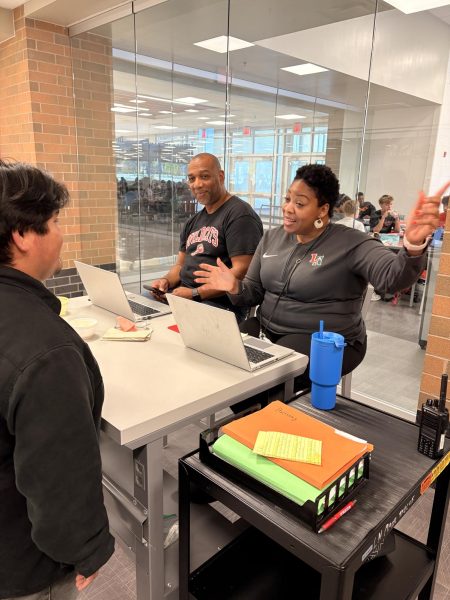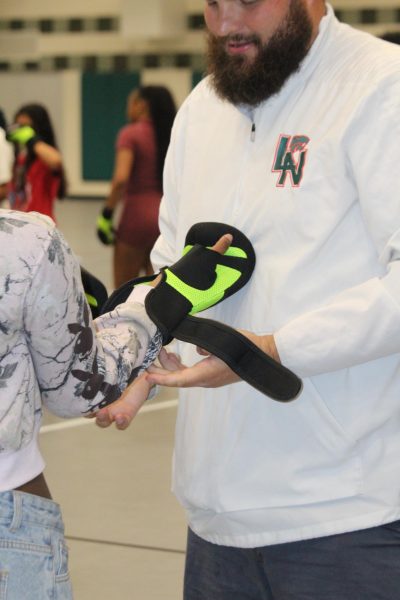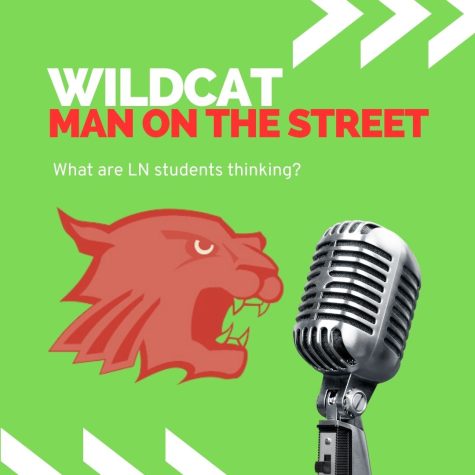Department of Education Proposes new graduation guidelines
Recently, the Indiana Department of Education released a new set of graduation pathways requirements that will be put in place for the current class of 2023. These new requirements are aimed at providing students with more resources to prepare them for life and careers after high school.
“What the pathways panel talked about during this was a diploma plus,” Dr. Byron Ernest, Indiana House Speaker Secretary said. “What can we give students to make sure they are ready when they come out of high school to take jobs, to be able to go on to some higher education, to be ready to go into the military and that was the position that we took on this.”
Currently, the state’s generalized diploma requires students to get 40 credits with schools being able to make some modifications for their own requirements. For the honors diploma, many requirements are quite specific and can potentially limit a student to taking lots of other courses that could explore many careers. Sivertson believes these new pathways will open up many options to students that will better benefit them.
“Core 40 is the generalized diploma for the state right now. But I think what this does is really provide many more pathways for a wider variety of students. So if you have a particular affinity for a career or technical path, outside of the technical honors diploma, you really didn’t have access to certifications and in many different ways the things that would allow you to be really specific in those courses. This really allows for that personalization,” Sivertson said.
In preparing students for their careers after high school, the new graduation pathways outline a system for students to get hands on experience. This experience could be work-based, project-based or service-based. Ernest believes this would teach students a lot and get them ready for a career after high school.
“What we put in there was for a student to either have experience with project-based learning, service-based learning or work-based learning. So in other words, to be doing project that would be more like what you are doing within the workplace or actually having some type of work experience or some type of community service type work to get that experience. So that would be at the high school level that every student is going to have one of those three,” Ernest said.
For students, figuring out what courses to take that will helpfully hope them decide where they are going after high school can be a daunting task. Whether it be the military, college or a full time job, this is an important decision that high school students start to consider. This can be difficult for students at times trying to fill all of their requirements to receive a certain diploma while also taking a variety of classes to display their choices for their future.
“If you are talking about a 14, 15, 16, 17, 18-year-old students who they really don’t know what they want,” college and career liaison Tuesday Anderson said. “I think some of the options that we have with the based-learning, it’s good that we have options. So we do have many ways that kids can fulfil those obligations. I think it’s just a matter of making certain students know what they’re options are and having the student fall in line with which one is going to be most accommodating to their schedule and the time that they have to fulfil the requirements within their four years of high school.”
Another aspect that was discussed in putting together the pathways was incorporating more career exploration with elementary school and middle school students. According to Ernest, this could be a good way to get students thinking and prepare them for high school so that they can be on a more guided path towards a certain career.
“I think it’s important from the standpoint of ‘do we expect every student to decide what they are going to do and be locked into that?’ No. That is never the expectation. But I think that we have to begin to give students the experience of seeing what different careers are and most importantly ‘what does it take for me from an education standpoint if I want to do that,’” Ernest said. “The earlier you begin to know those things the better so you can begin to take as many courses as possible that would work towards that interest that you have.”
One aspect of the diploma focuses on testing and cutting down on the testing for the state. According to Sivertson, this is one of the major improvements in the requirements because it will make more time for students to focus on their classes instead of missing instruction time for testing.
“One of the biggest issues right now is testing. We test. We completely jack up our schedule for months to get in all of the test. Sometimes the tests don’t measure anything they really need to measure,” Sivertson said. “One of the big changes is using tests we already use for college readiness purposes. PSAT, SAT, ACT. That would make a tremendous difference. If you are already taking those tests for college readiness now it can also count as your graduating qualifying exam. Then we don’t need to spend copious amounts of time at school taking away from your education.”
Ernest also is sees the new changes with testing as an advantage in the pathways. In getting rid of weeks of ISTEP testing, students can focus on their other work and classes without having to worry about falling behind.
“I think why that’s so important is there are students in all schools that have trouble passing those and then they end up having to retake either the course or having to do remediation courses. They spend a lot of time in that cycle as opposed to taking courses that would help them in the end. They could be taking a career or technical course that could actually be helping them be ready for a job as soon as they get out of school,” Ernest said.
Although looking forward to the new opportunities with the new pathways for the diploma, Anderson knows there is still a lot of details to work out. One thing Anderson has considered with getting students these hands on experiences is the partnerships that the school will need with different companies. The school currently has some partnerships in place with seniors who have internships but could potentially expand this to account for more students doing these internships.
“I think that is still kind of premature for us just because given there are so many options there are a lot of ways that kids can fulfil this obligation for their diploma. We also have kids that if you look at their schedules there is a lot that kids are required to do. Sometimes getting those project-based and work-based learning opportunities could be very hard for them to fulfil during the school day,” Anderson said. “I think we are willing to work with them and that’s where are think outside of the box mentality is going to have to come in because it is a lot to ask for a student.”
Sivertson looks forward to seeing the new pathways for the Indiana diploma play out and the new opportunities for students to come. This is something she thinks will be a positive change for the school as it opens more doors for students.
“What was really interesting about this last proposal for an update to the diploma is how different it was from everything else that has been proposed to this point. I think different in a good way that diplomas have been pretty lane specific, here is everything you need to do to get the academic honors diploma with a few options. So they are really thinking out of the box that it really doesn’t have to be completely linear,” Sivertson said. “It really makes it much more personalized for students.”
Ernest believes that overall this will be a great change for the state. By focusing on career exploration, he hopes kids can start finding their passions and careers that they would like to pursue in life. With this guidance, he thinks the schools can really better prepare kids for their specific paths after high school
“For me, the big thing is that we will have students really ready for what they want to do when they come out of high school,” Ernest said.





